Treated Timber Use Classes Explained
Not all timber is created equally. When you're working on outdoor projects, choosing the right type of treated wood is vital. Different jobs need different treatments to protect the timber from weather, moisture, and decay. This is where treated timber use classes come in.
In this simple guide, we’ll explain the differences between UC3 timber and UC4 timber, outline the most common timber grades UK builders use, and help you decide what’s best for your project – whether you’re installing UC4 fence posts or choosing joinery grade timber for internal work.
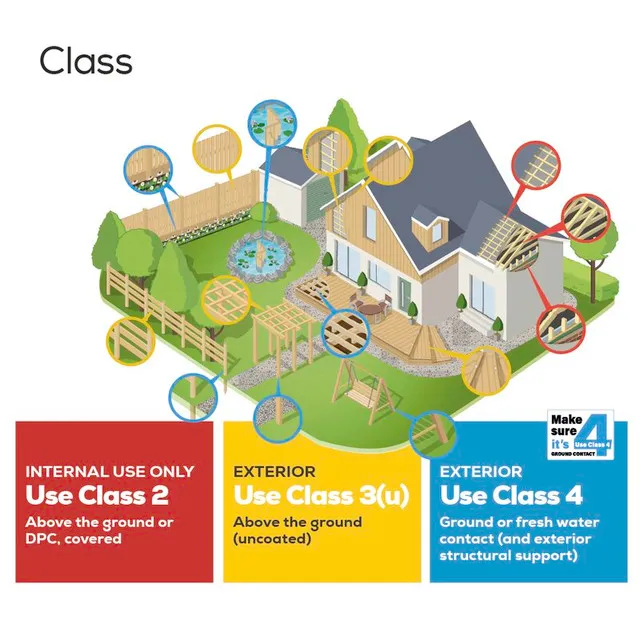
Howarth Timber
What are timber use classes?
Timber use classes are set out by British and European standards. They define how much protection timber needs, based on its exposure to moisture and risk of decay or insect damage.
There are five use classes in total, but the two most common in outdoor construction are UC3 and UC4.
UC3 Timber
UC3 timber is used for wood that’s above ground but still exposed to the weather. Examples include:
This timber is pressure-treated to cope with rain and damp, but it’s not suitable for direct contact with the ground.
There are two subtypes:
- UC3A: Used for timber that’s coated or sheltered, such as cladding with paint or sealer.
- UC3B: Suitable for exposed wood that’s not coated, like garden furniture or decking boards.
If your timber will be outside but won’t touch soil, UC3 timber is often the right choice.
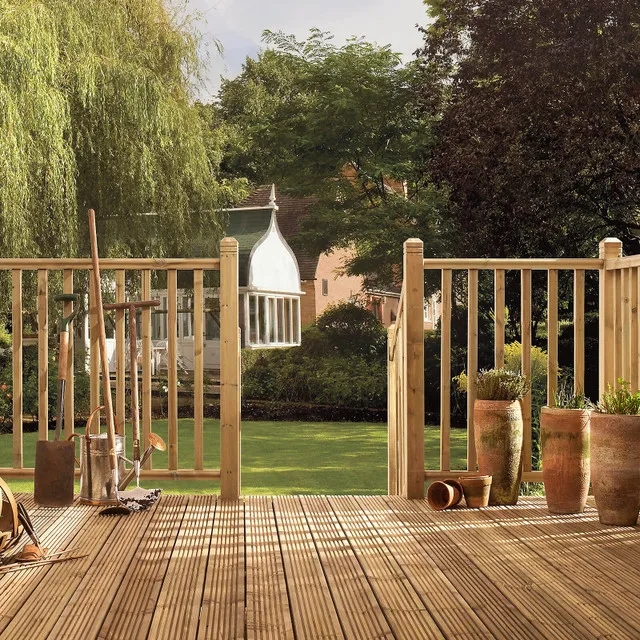
Howarth Timber
UC4 Timber
UC4 timber is treated more thoroughly than UC3, making it ideal for wood that will be in direct contact with the ground or constantly exposed to moisture. It’s used for:
- Fence posts
- Decking posts
- Retaining walls
- Raised beds
For example, if you’re installing UC4 fence posts, you’ll need timber that can resist decay for many years, even when buried. That’s why UC4 timber is essential for jobs that demand strength and long-term durability.
The treatment process for UC4 timber is deeper and more intense, ensuring it holds up in harsh outdoor conditions.
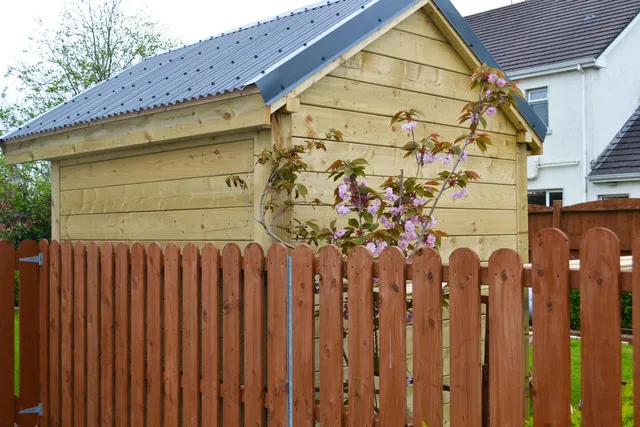
Howarth Timber
Choosing the right timber grades
Alongside use classes, you should also consider timber grades. These refer to the wood’s structural strength and appearance.
Here are the most common timber grades UK builder’s and tradespeople use:
- C16: Ideal for general construction work; strong enough for most home projects.
- C24: A higher-grade timber with fewer knots and better strength, which is perfect for heavier loads or larger structures.
- Joinery grade timber: High-quality softwood or hardwood with a smooth finish. Used for indoor features like furniture, doors, and window frames.
If you're building outdoors, structural timber grades like C16 or C24 should always be matched with the correct use class, such as UC3 or UC4, for added durability.
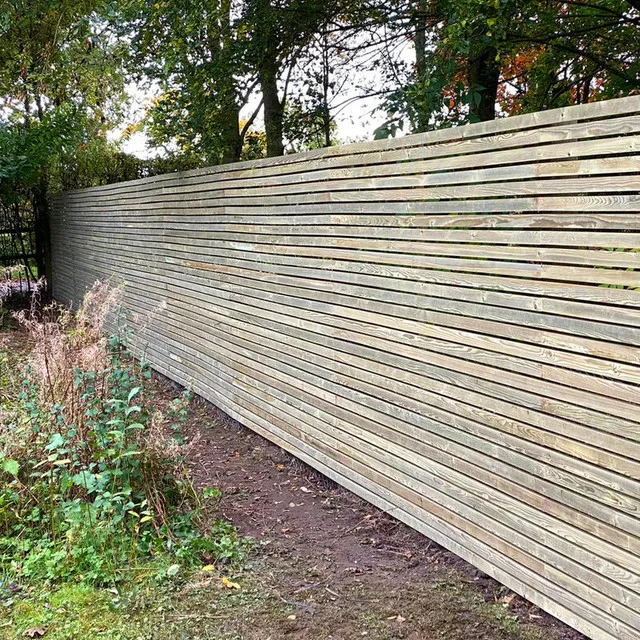
Howarth Timber
Why it’s important
Using the wrong timber – or the wrong treatment – can cause serious problems. It might rot, warp, or even fail completely.
Here’s why choosing the right type matters:
- UC4 fence posts must be pressure-treated to UC4 standards, even if the timber is a high-strength grade like C24.
- UC3 timber with a better visual grade is a better fit for visible furniture or features.
- Joinery grade timber is great for indoor use but will only last outdoors if it's treated correctly.
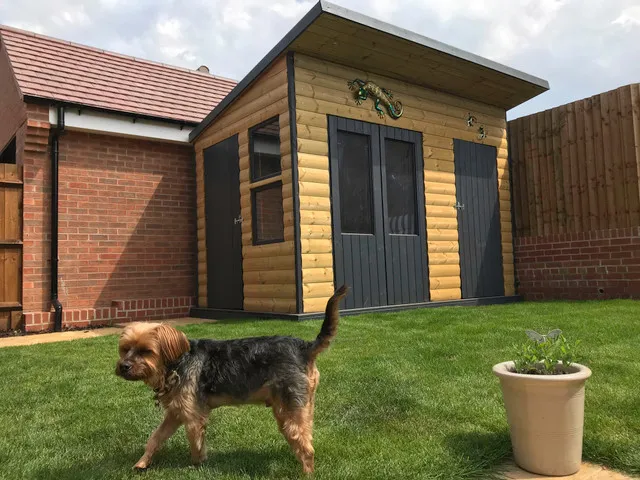
Howarth Timber
Understanding timber grades and use classes helps you get the most out of your materials. Whether you need UC4 timber for fence posts or joinery grade timber for indoor work, choosing the right product means your project will last longer and perform better.
And remember: UC4 fence posts and all ground-contact timber must meet strict treatment standards to stand the test of time!
If you have any further questions or would like to learn more about our range of timber products, feel free to visit your local Howarth branch or contact our customer service team on 01472 907051.
You can also browse our full selection of timber here, or pop into a branch for friendly advice and support.
Recent Posts
-
A Guide to Buying Internal Fire Doors
When it comes to safety, there are very few investments as essential as internal fire doors. They do
-
French, Sliding or Bi-Folds: A Practical Guide to Patio Doors
Patio doors are more than a style choice. For installers, they bring different fitting needs, perfor
